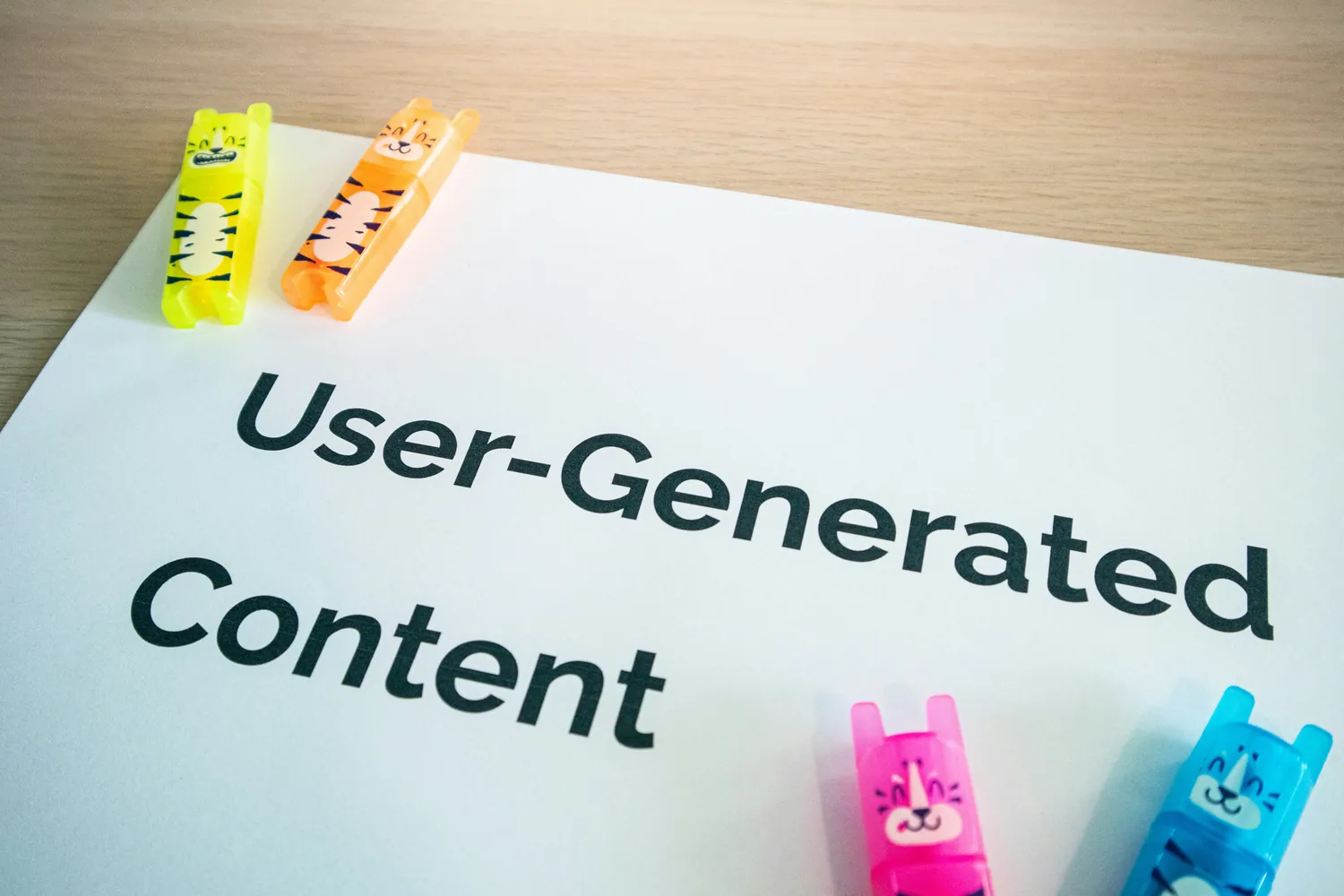Examining Effective User-Generated Content Campaigns That Build Loyalty

The Power of User-Generated Content in Marketing
User-generated content (UGC) has become a cornerstone for brands seeking to engage their audience more deeply and authentically. By leveraging the voices of real users, brands not only enhance their credibility but also foster a sense of community and trust. UGC campaigns, when executed effectively, can transform passive consumers into active brand advocates.
In today's digital age, where consumers are bombarded with brand-created messages, UGC stands out as a refreshing and trustworthy form of communication. It is content created by actual users, offering genuine insights and experiences that resonate with potential customers. This authenticity is what builds long-term loyalty.
Case Study: GoPro and Its Adventurous Community
GoPro, the action camera company, is an exemplary case of a brand that has mastered the art of user-generated content. Their entire marketing strategy pivots around encouraging users to share their exciting adventures captured on GoPro cameras. This strategy not only showcases the product's capabilities but also celebrates the lifestyle associated with the brand.
GoPro's UGC campaign invites users to upload their videos on GoPro's website and social media channels. They frequently feature these videos on their official platforms, providing recognition to the creators. This not only incentivizes users to produce high-quality content but also instills a sense of pride in being part of the GoPro community.
By sharing thrilling videos shot by real users, GoPro not only markets its products effectively but also creates an aspirational community where users are both contributors and consumers. This cycle of creation and consumption keeps the engagement high and fosters brand loyalty.
Takeaway for Marketers
- Encourage creativity among your user base by showcasing their content prominently.
- Create a sense of community where users feel valued and recognized.
- Leverage the unique perspectives and experiences of your users to enhance brand storytelling.
Starbucks: Personalization Through User Input
Starbucks' White Cup Contest is another prime example of an effective UGC campaign. In 2014, Starbucks invited its customers to doodle on their white cups and submit their artwork for a chance to have their design featured on a limited-edition Starbucks cup.
This contest was not only about creativity but also about personal expression, tapping into the diverse artistic talents of Starbucks' patrons. The campaign led to thousands of submissions and a significant increase in brand engagement. It highlighted Starbucks' commitment to personalization and customer involvement in their brand narrative.
Workflow for a Successful UGC Campaign
To replicate Starbucks' success, marketers should consider the following steps:
- Define the Campaign Goal: Determine what you wish to achieve with the UGC campaign, such as boosting engagement or increasing brand visibility.
- Select a Theme: Choose a theme that resonates with your brand values and appeals to your target audience.
- Invite Participation: Clearly communicate how users can participate and what they stand to gain from it.
- Acknowledge Contributions: Recognize participants by featuring their work or offering rewards.
- Analyze Results: Post-campaign analysis is crucial to understanding what worked well and what can be improved for future campaigns.
Lego Ideas: Co-Creating Products with Consumers
Lego's approach to UGC is through its platform called Lego Ideas. This platform invites fans to submit their own Lego set designs, which other community members can support. If a project gathers enough support, it goes through a review process, and successful ideas may become official Lego products.
Lego Ideas empowers consumers by involving them directly in the product development process. It also helps Lego identify creative talent and innovate new products based on actual consumer interest rather than assumptions or predictions.
Practical Tips for Implementation
- Create an easy-to-use platform for submission and voting to ensure broad participation.
- Keep the community informed about project progress and decisions made during reviews.
- Nurture relationships with top contributors who can become long-term collaborators or brand ambassadors.
Coca-Cola's 'Share a Coke' Campaign: A Personal Touch
Coca-Cola's 'Share a Coke' campaign turned something as simple as a bottle label into an interactive and personalized experience. By replacing its iconic logo with common first names, Coca-Cola encouraged consumers to find bottles with their names or share them with friends and family whose names appeared on the labels.
This campaign cleverly utilized personalization at scale, leading consumers to actively search for bottles that resonated personally. The result was a massive increase in consumer engagement, both offline and online as people shared their finds on social media.
Building Authentic Connections
- Identify elements of your product or service that can be personalized for greater consumer interaction.
- Create opportunities for consumers to share their experiences with your product naturally on social media.
- Ensure that the personalization aligns with your overall brand message and values.
The Future of User-Generated Content in Marketing
User-generated content continues to evolve as digital platforms provide more innovative ways for consumers to create and share content. As AR (augmented reality) and VR (virtual reality) technologies develop, they offer new frontiers for UGC campaigns that could allow users to interact with brands in even more immersive ways.
Brands that embrace these changes will likely see continued growth in user engagement and loyalty. It's crucial for marketers to remain agile, continually experiment with new formats, and listen to user feedback to refine their strategies.
Conclusion: Embrace Authenticity for Long-Term Success
The key takeaway from these case studies is that authenticity is paramount. User-generated content offers a unique opportunity for brands to connect with their audience on a deeper level by leveraging real experiences and stories. Brands that successfully integrate UGC into their marketing strategies stand to build lasting relationships with consumers, translating into increased loyalty and advocacy.
